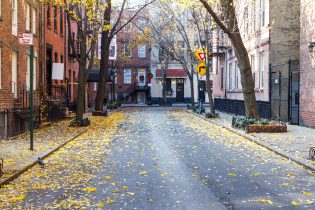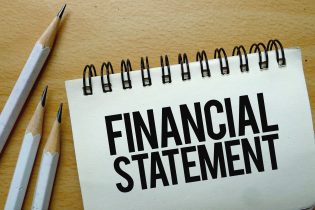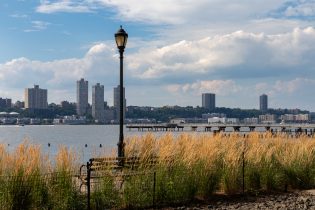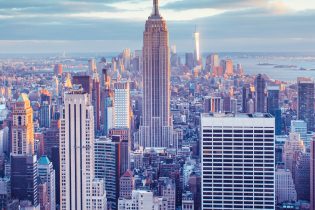Uptown vs. Downtown? What’s the difference?
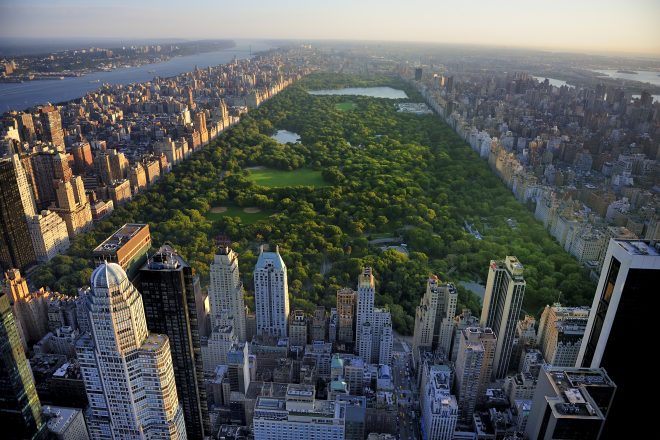
If you are shopping for a home in New York City, you have to know about uptown vs. downtown. What’s the difference? Here is our guide to answer all of your questions about uptown and downtown neighborhoods.
Table of Contents
Uptown Manhattan: 59th St. to 96th St.
Uptown Manhattan is usually defined as the blocks from Columbus Circle at 59th street, to the upper reaches of Central Park at 96th street. The neighborhood to the East of Central Park is known as the Upper East Side (UES), and the neighborhood to the West is, naturally, the Upper West Side (UWS). Both of these historic neighborhoods feature beautiful homes.
Upper East Side

The Upper East Side is home to New York’s old school Elite. This neighborhood is the picture of upscale luxury, featuring high-end apartments, leafy streets, and some of the most famous museums in America. The Museum Mile, which stretches along Central Park, includes the Metropolitan Museum of Art, The Solomon R. Guggenheim Museum, and the Cooper-Hewitt, among many others. After taking in some art and culture, Upper East Side residents can visit tranquil Central Park, or hit up any of the multitude of luxury shops that dot the neighborhood. The Upper East Side’s exclusive addresses can be expensive, but they are beautiful and worthwhile homes for New Yorkers who can afford it.
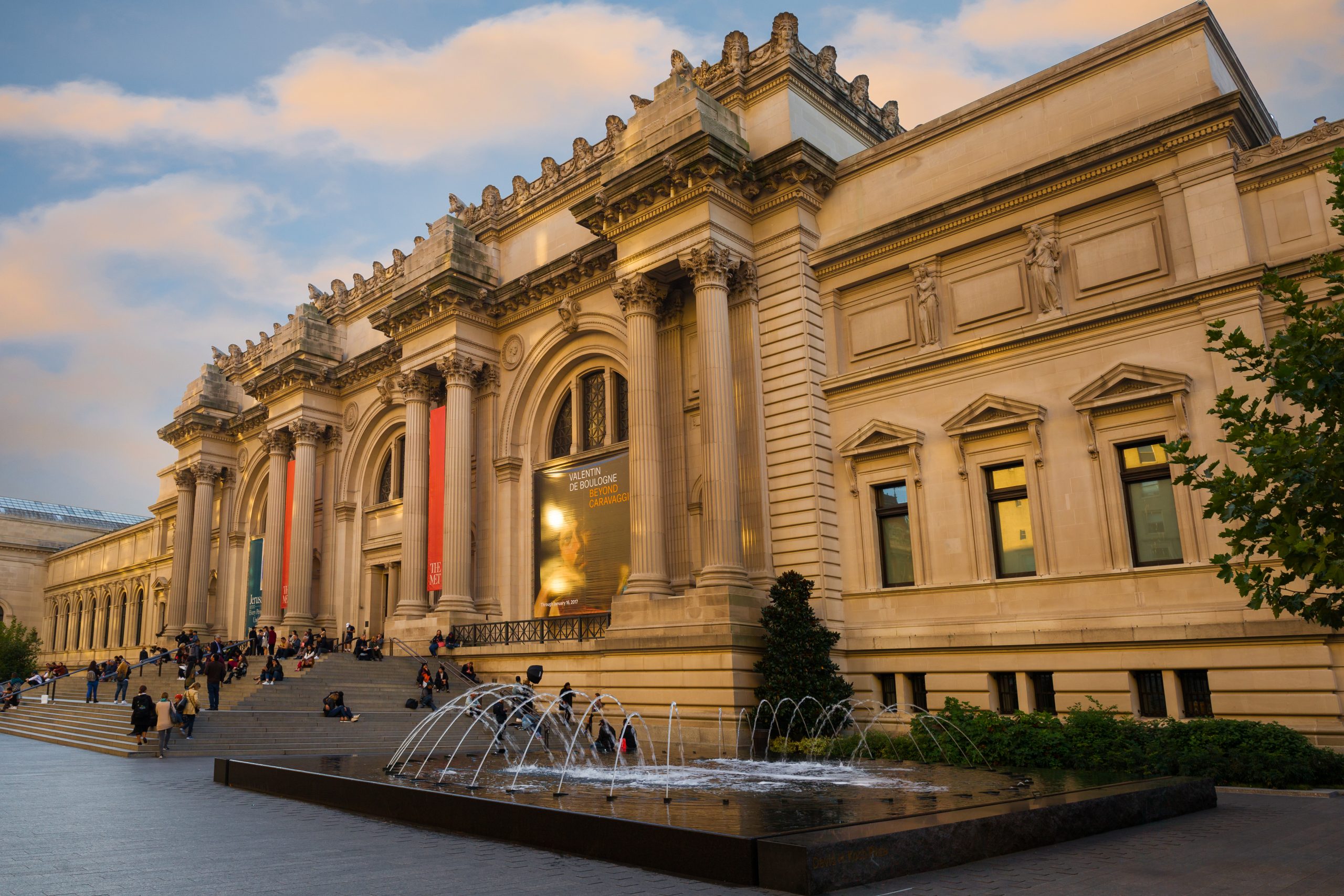
Upper West Side

The Upper West Side is the Upper East Side’s mirror image. To the West of Central Park, this neighborhood is nearly as upscale as the Upper East Side, but the UWS prides itself on a slightly more relaxed atmosphere.
Brownstones define the Upper West Side’s real estate landscape. Tree-lined streets of row after row of historic brownstones are interlaced with local coffee shops and eateries. With Central Park to the East and Riverside Park to the West, the UWS is one of the greenest places to live in New York City.
And much like its cousin on the East side, the Upper West Side is home to cultural institutions like Lincoln Square which includes the Metropolitan Opera and the New York Philharmonic, as well as the American Museum of Natural History.
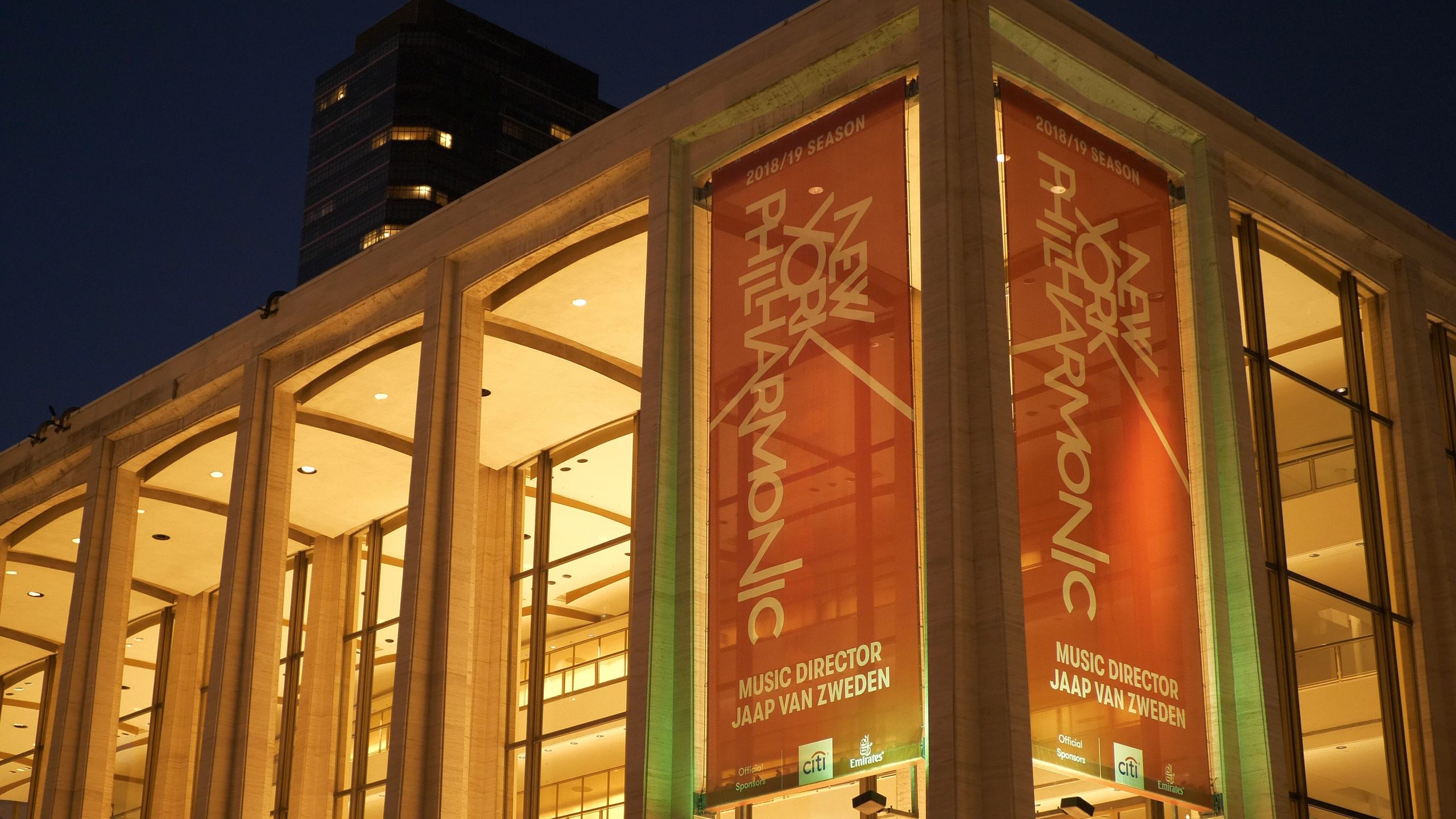
Upper Manhattan: Above 96th St.
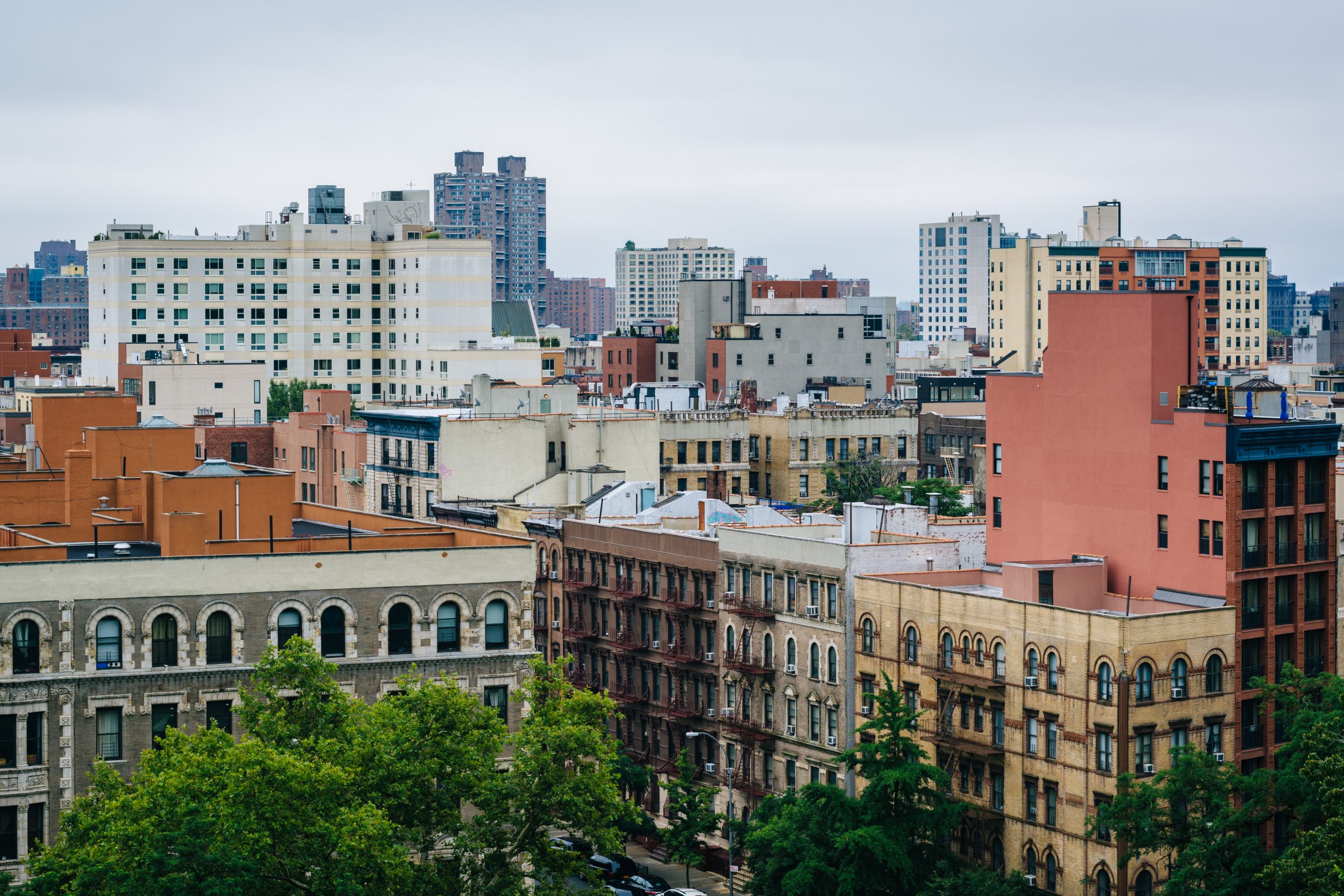
Real estate agents tend to use “uptown” Manhattan to specifically refer to the Upper East and Upper West Sides. But what about the rest of the island? In the uptown vs. downtown debate, vibrant neighborhoods above 96th street like Harlem, Morningside Heights, Inwood, and Washington Heights are all considered “Upper” Manhattan.
These Upper Manhattan neighborhoods all have distinctive characters and rich histories. There are many apartment units, brownstones, new development condos, and converted co-ops that buyers can make their homes.
Although Upper Manhattan is further from where many New Yorkers work in Midtown and Downtown, these residential neighborhoods offer many benefits and amenities to homebuyers. The beautiful Columbia University campus is in Morningside Heights, and Inwood is home to one of Manhattan’s most unique museums and beautiful green spaces–The Met Cloisters and Fort Tryon Park.
Midtown Manhattan: 59th St. to 30th St.
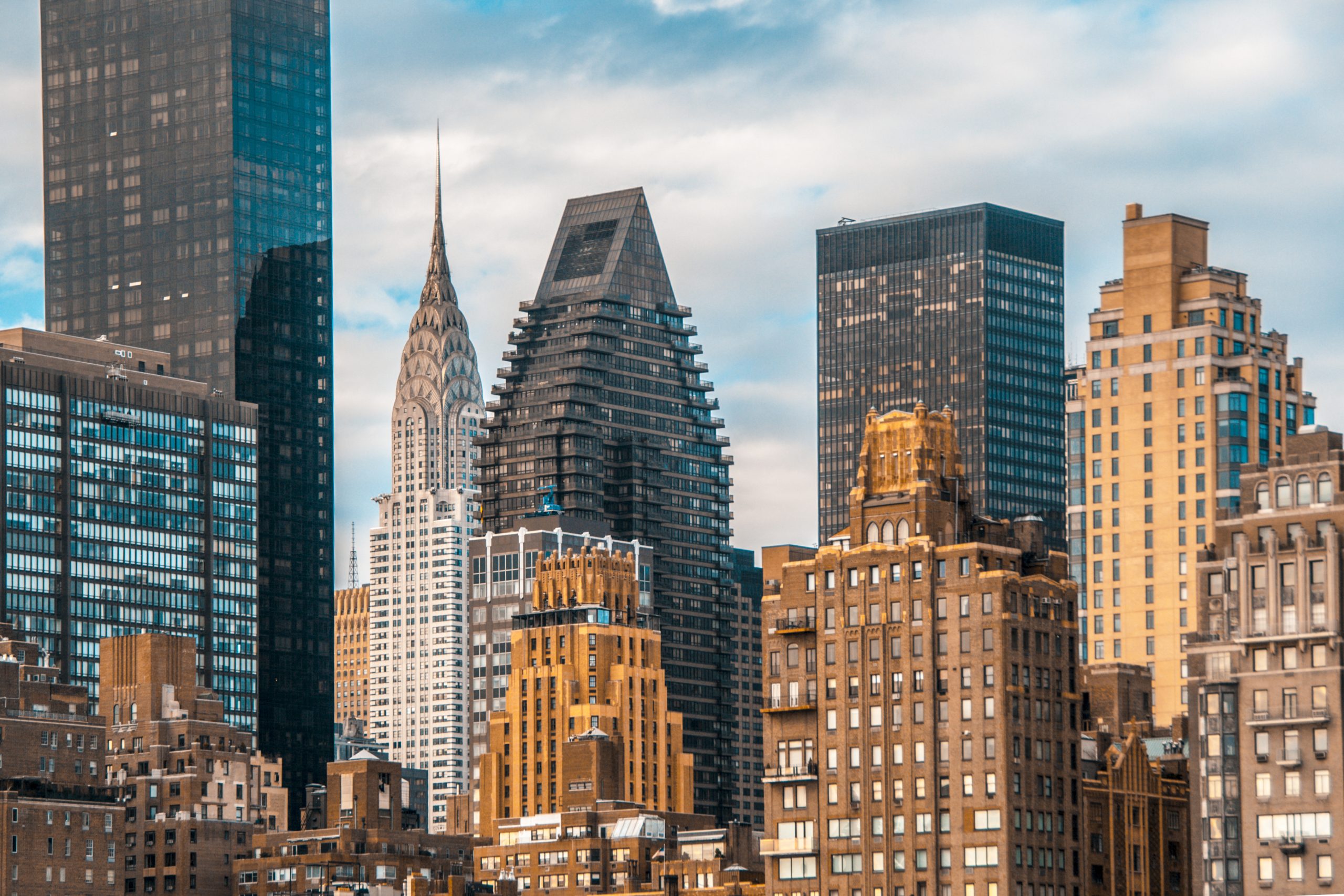
Midtown is the beating heart of the city’s business and commerce. Here you will find many corporate skyscrapers and flashing billboards, as well as some historic and residential neighborhoods like Hell’s Kitchen and Turtle Bay.
Hell’s Kitchen

Hell’s Kitchen is a vibrant, artsy community to the West of Times Square and the Theater District. Filled to the brim with delicious restaurants, off-broadway theaters, and the people who work in them, there is a bohemian vibe in Hell’s Kitchen that attracts homebuyers who want easy access to Midtown offices without the Midtown atmosphere
Turtle Bay
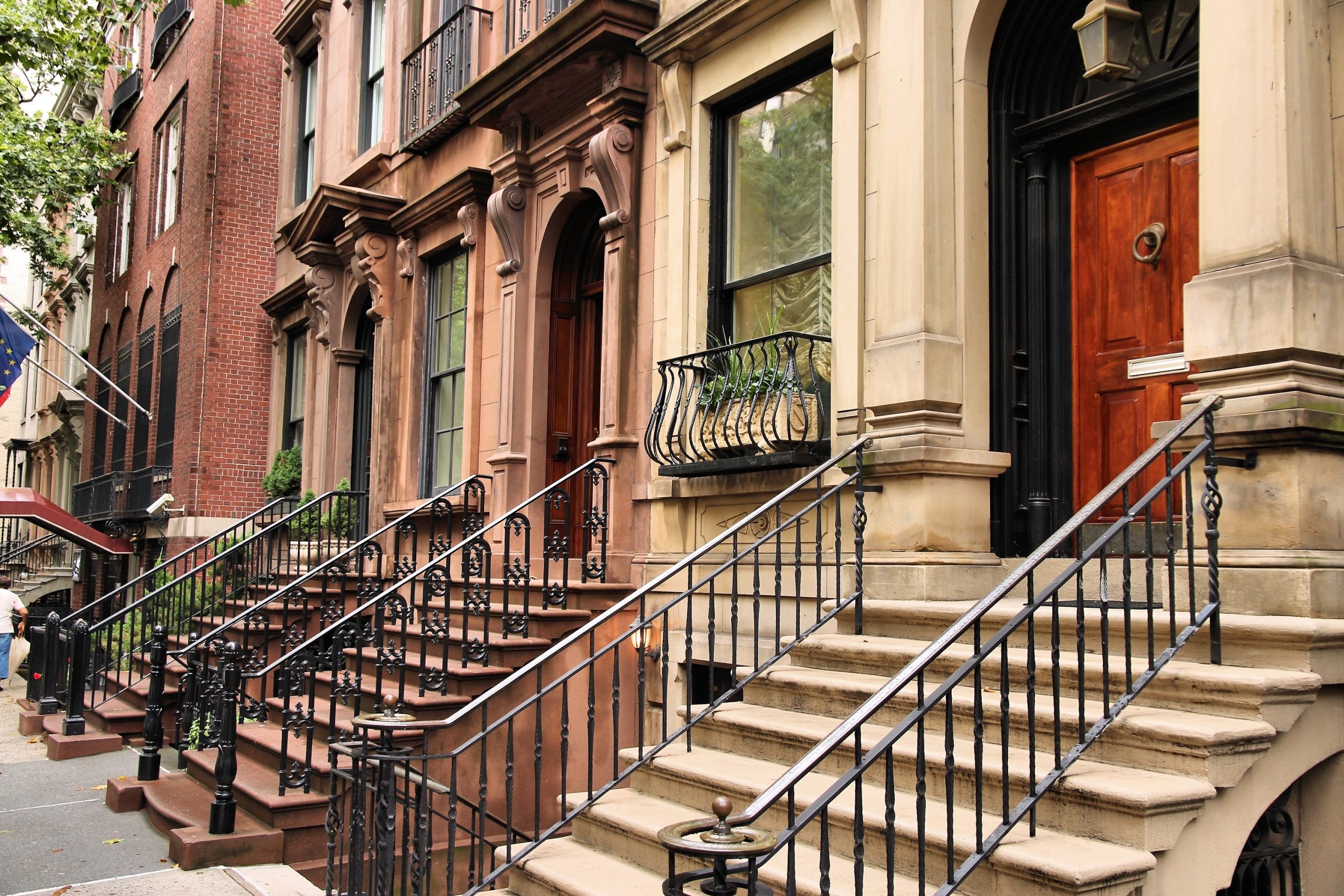
To the East of Midtown proper lies Turtle Bay, stretching from East 53rd Street in the North to East 43rd Street in the south. This quiet neighborhood, aslo known as “Midtown East,” butts up against the East River. It’s most prominent special feature is the United Nations. Buyers who want convenience to work but with a more laid back, residential feel can make a wonderful home here.
Downtown Manhattan: 30th St. and Below
From 30th street to the tip of the Island, Downtown Manhattan is dense with diverse neighborhoods. There are wealthy residential enclaves like Tribeca and the West Village, shopper’s paradises like SoHo, and artsy (but high-end) neighborhoods like the East Village and Greenwich Village. You’ll also find great nightlife in the Lower East Side, and delicious food in Chinatown and Little Italy.
Tribeca
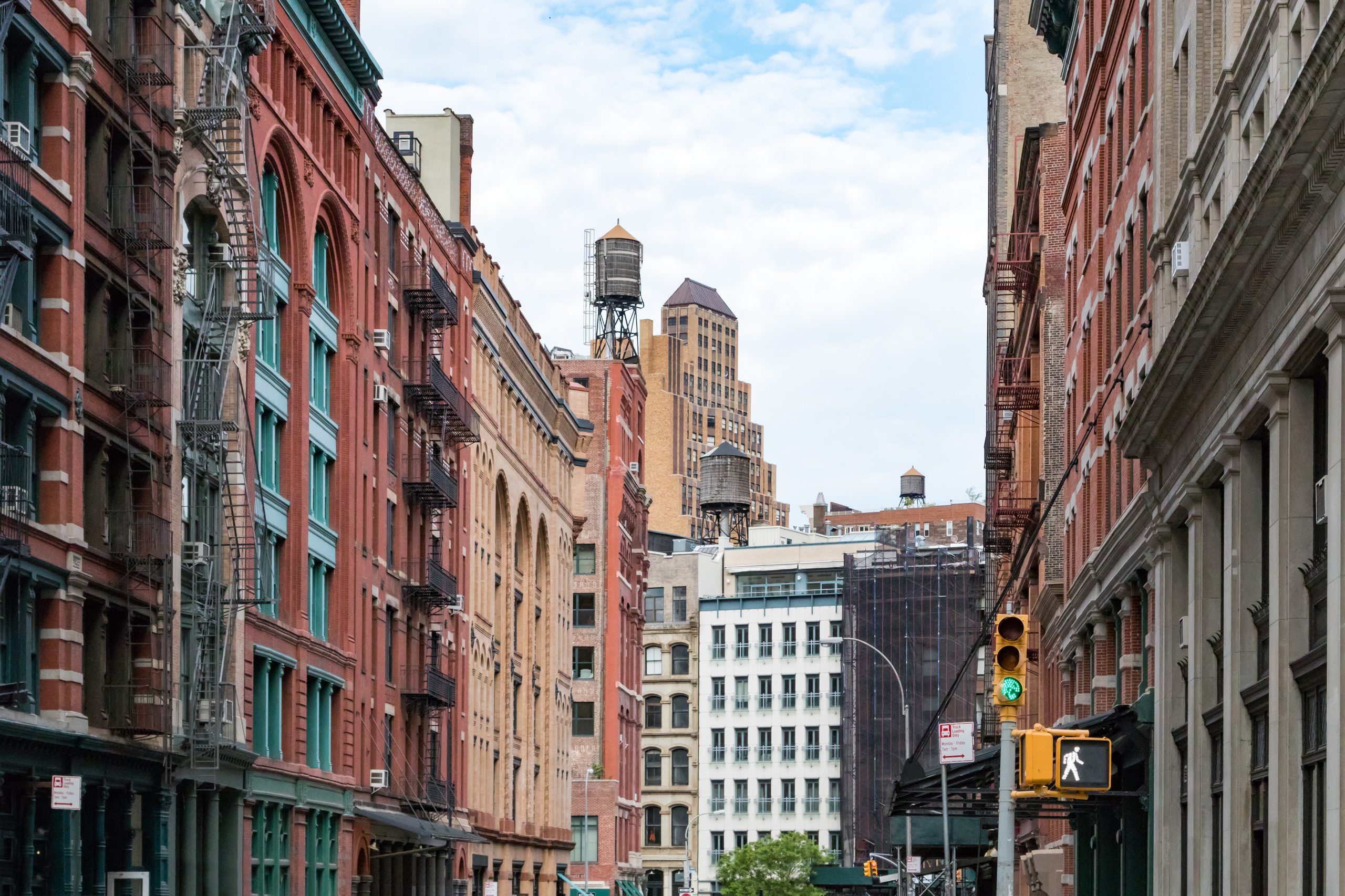
The area surrounding the World Trade Center, this neighborhood is home to some of the most wealthy New Yorkers. With beautiful views of the Hudson river and a central downtown location, it is easy to see why Tribeca real estate is so valuable. Most of the homes here are industrial spaces that have been renovated into spacious lofts.
Some of Tribeca’s best draws include the Tribeca Film Festival, the observatory at One World Trade Center, and the green spaces at Pier 25. To explore Tribeca and see some of these homes for yourself, walk from Canal Street in the North down to Vesey Street in the South, staying on the western side of City Hall.
The West Village and Greenwich Village
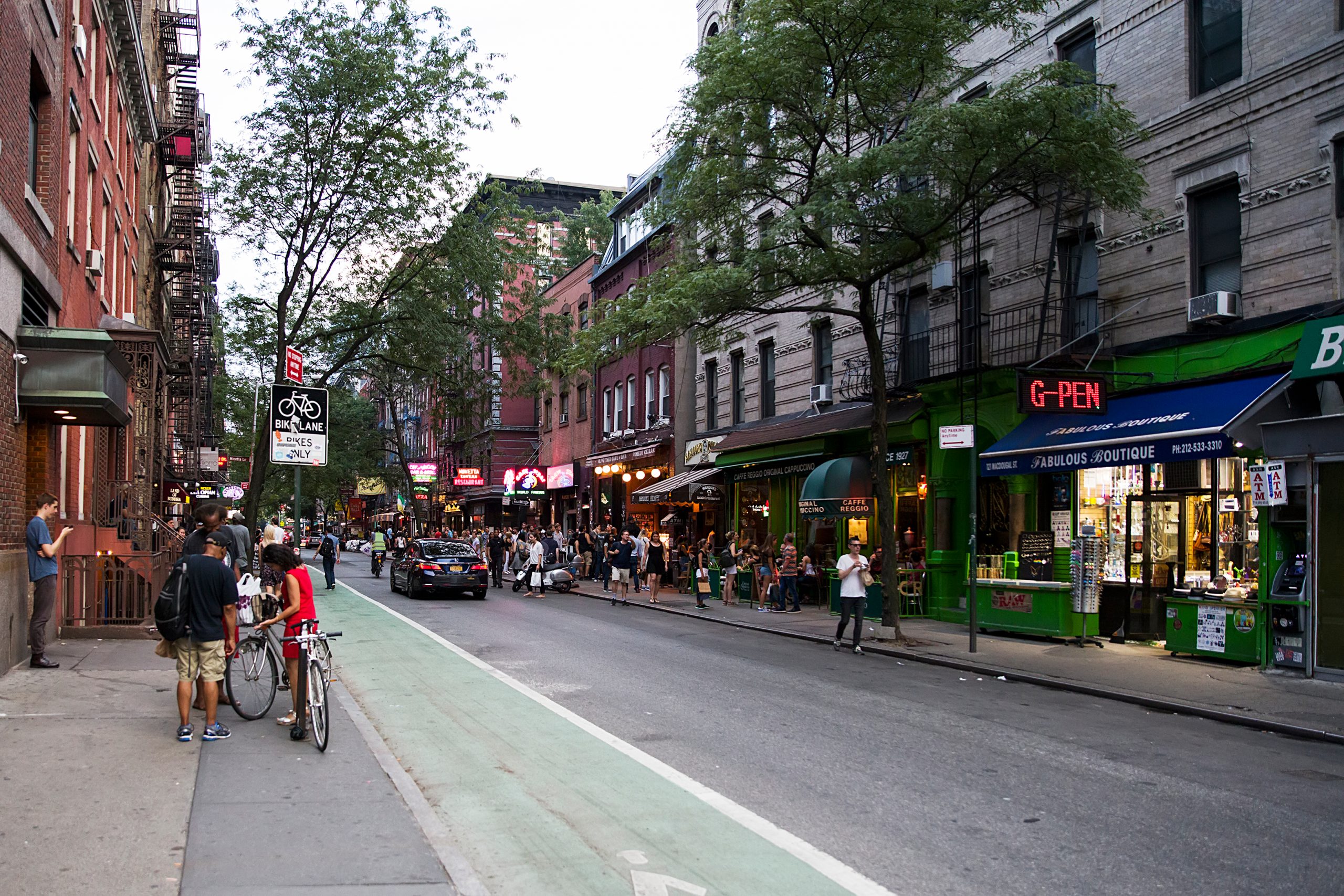
The West Village is home to some of the oldest–and most expensive–homes in downtown Manhattan. Here you will find cobblestone streets and 1800’s townhouses amongst cafes, boutiques, restaurants, and bars.
West of Washington Square Park, the West Village spreads out from either side of 7th avenue. The streets here do not follow the rest of Manhattan’s grid system, giving the residential streets a cozy and slow paced vibe despite being in the heart of the Downtown.
Greenwich Village is a small neighborhood to the south of Washington Square park, but the east of 7th Avenue. Home to NYU, you will find academics and students relaxing in Caffe Reggio or catching a show at the Comedy Cellar.
SoHo and NoHo
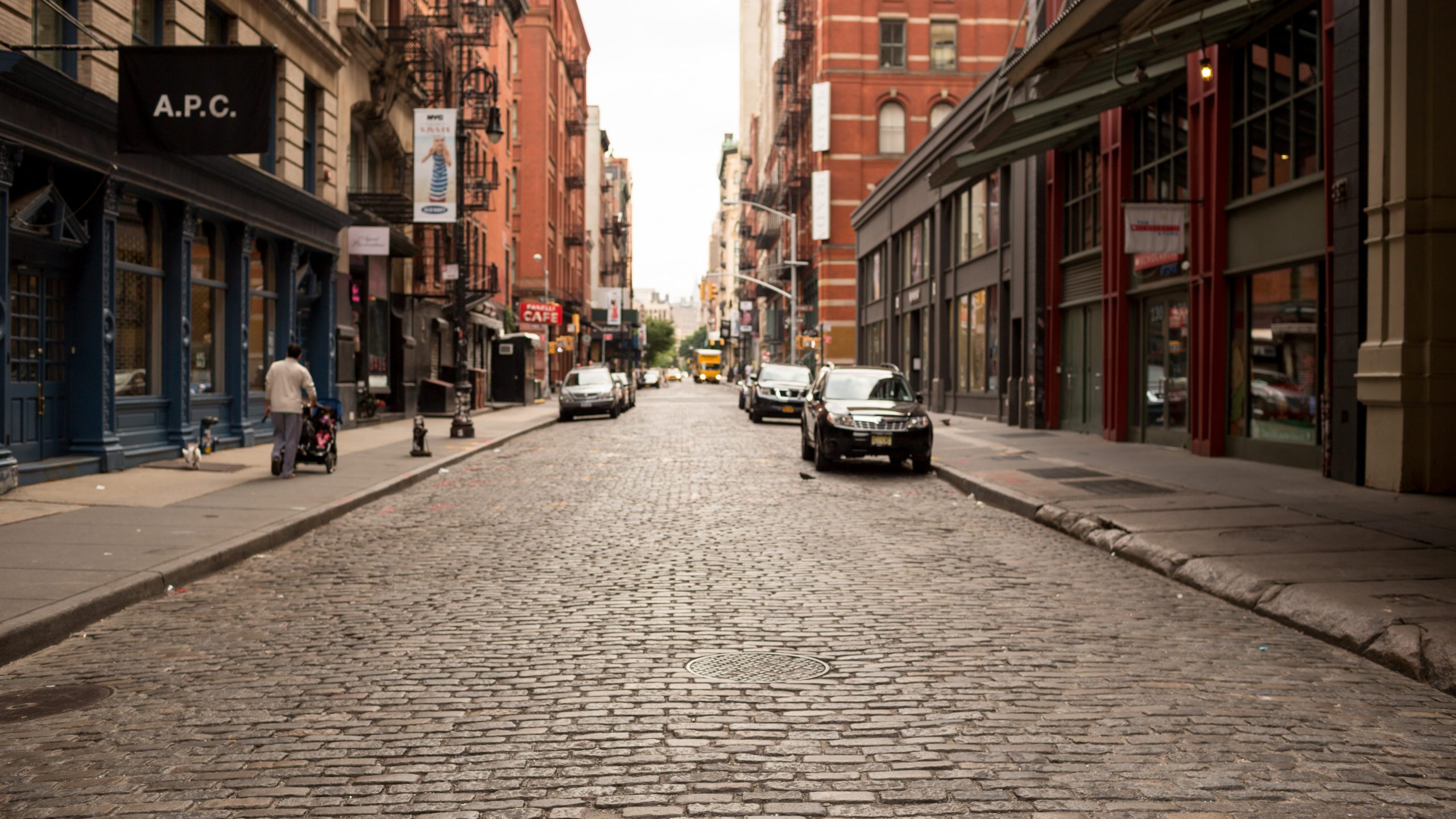
Famous for it’s cobblestone streets, renovated artist’s lofts, and high-end shopping, SoHo has been one of the trendiest neighborhoods in downtown Manhattan for decades. A bustling hub for fashion designers and art galleries, SoHo is popular with tourists as well as well-off locals who can purchase apartment units in the neighborhood’s distinctive cast-iron buildings.
SoHo, which stands for south of Houston Street, runs from Houston Street to Broome Street, and from 6th. Avenue over to Lafeyette Street. NoHo, on the other hand, stands for north of Houston Street, and runs from Houston up to Astor Place. This small neighborhood is home to the Public Theater and the Cooper Union.
The East Village
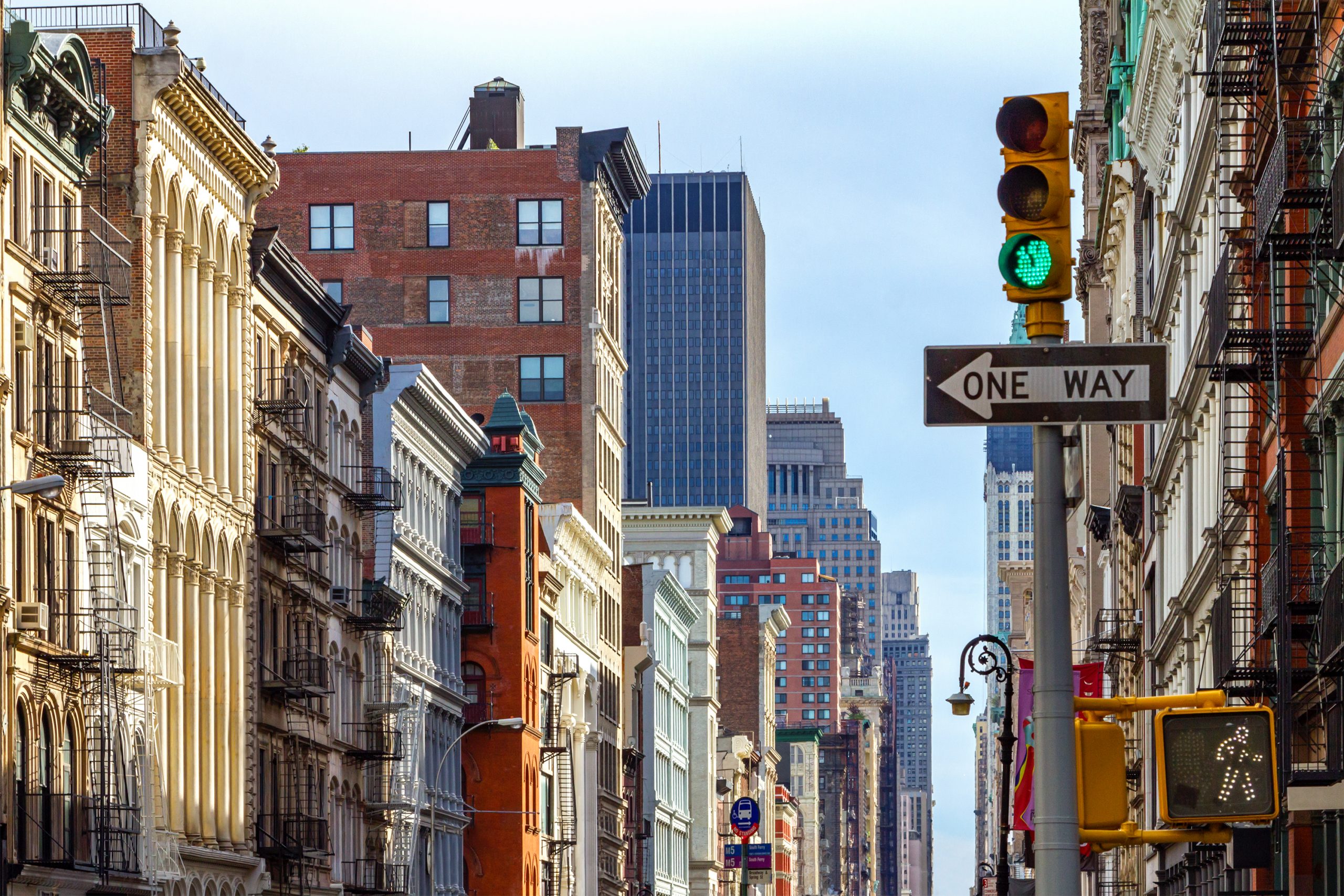
The East Village stretches from the East River to Bowery in the the West, and from Houston to the South to 14th Street to the North. Fans of the musical RENT will be familiar with this neighborhood and its reputation for artistic, countercultural residents. While the East Village of today is tamer than it used to be, it is still a great neighborhood for New Yorkers who want to tap into the punk rock spirit.
There are several micro-neighborhoods within the East Village, including the Bowery, Alphabet City, and the Ukrainian village, home to delicious, historic restaurants like Veselka. You can also find many music venues, art galleries, bars, and clubs here, including the legendary CBGB.
The Lower East Side
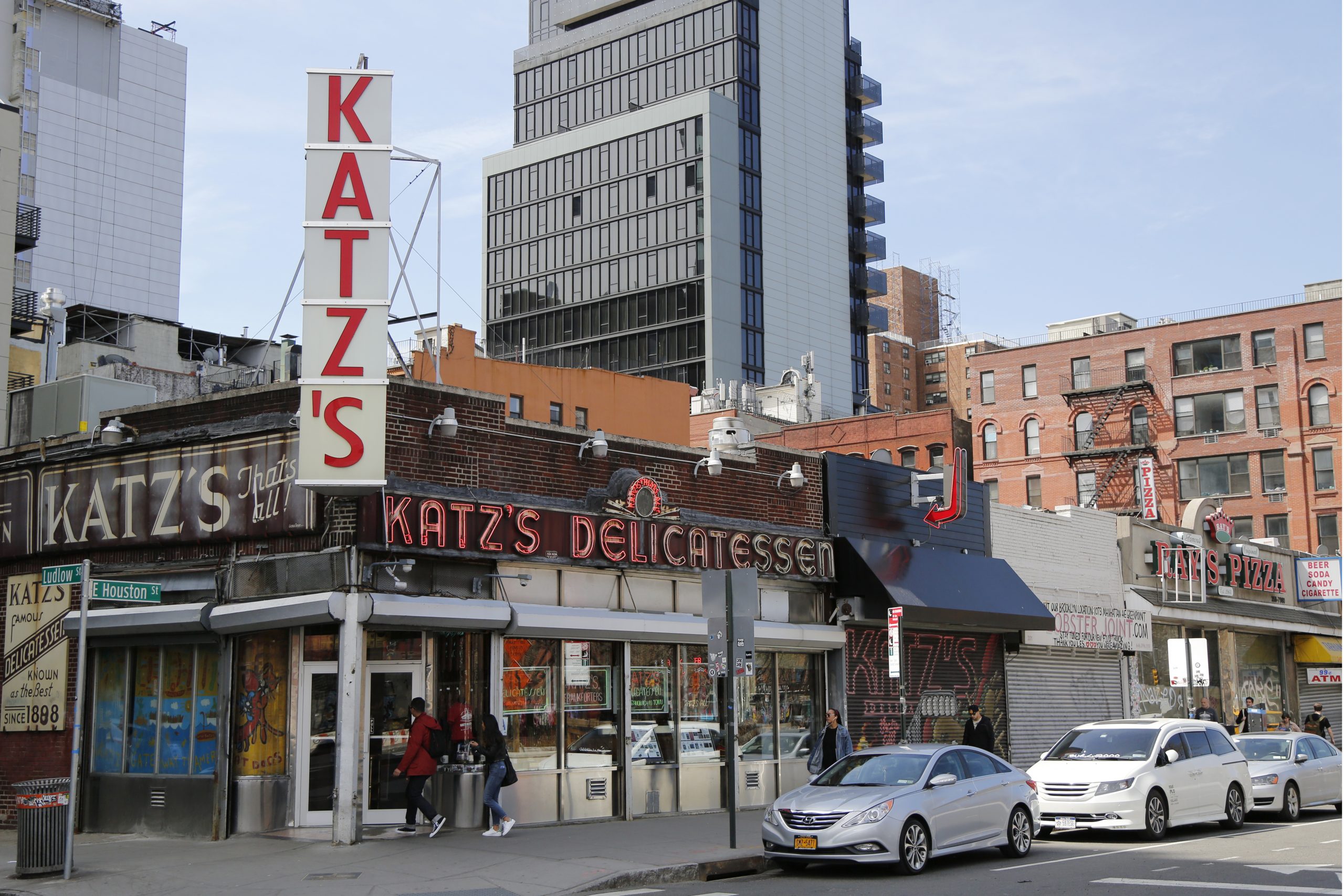
Originally a Jewish immigrant encalve, the Lower East Side (LES) is now also home to some of the most vibrant nightlife in the city. New development lofts sit alongside old-school tenement buildings, making this neighborhood a treasure trove for homebuyers who want find property in the LES.
In addition to the clubs, bars, and music venues in the Lower East Side, you can also find the Tenement Museum and the famed deli, Katz’s. Neighboring neighborhoods include Chinatown, Nolita, and the East Village.
Chinatown, Little Italy, and NoLIta
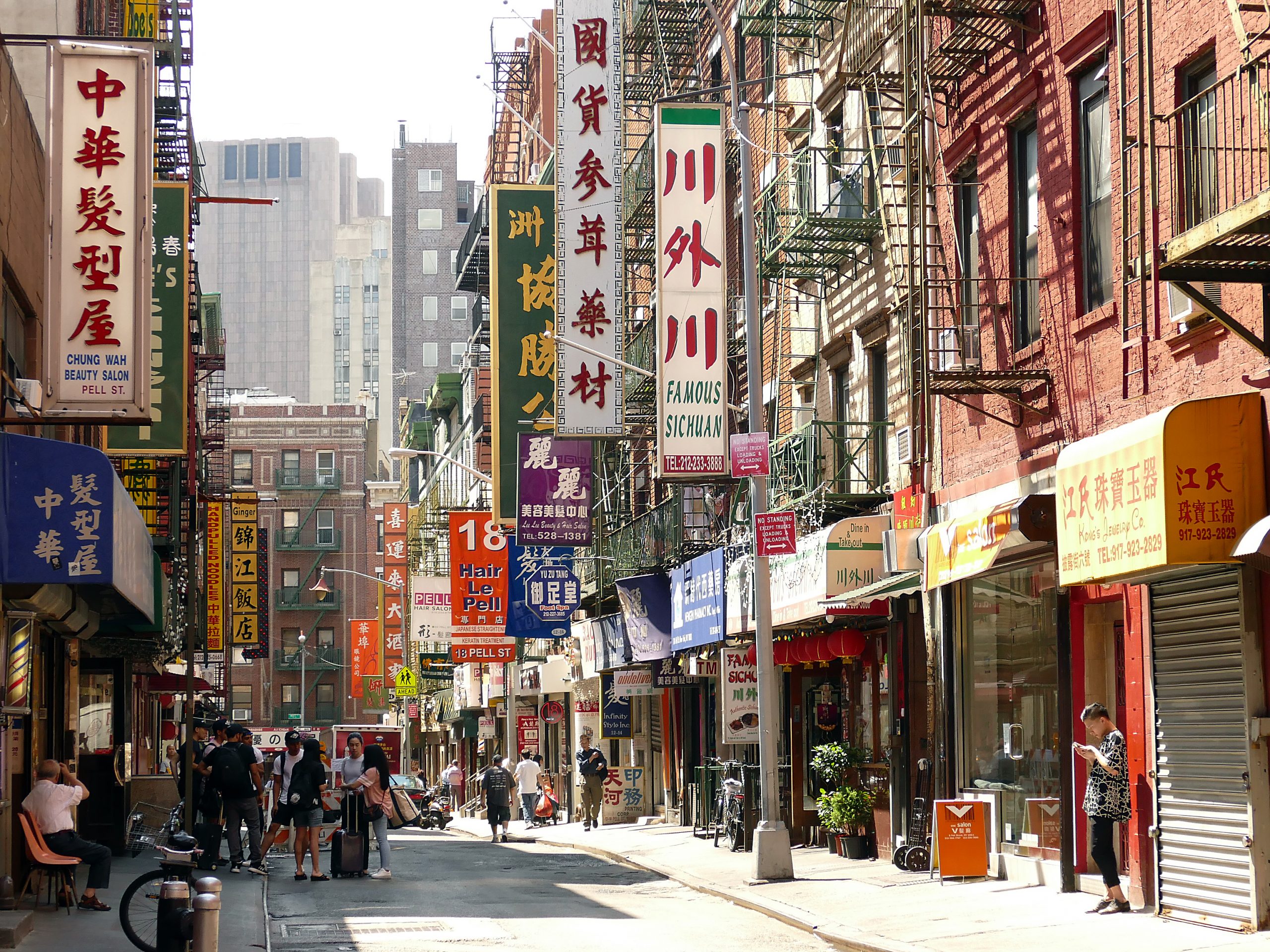
Chinatown and Little Italy are famous for their food and culture. You can find some of the most authentic and delicious Dim Sum outside of China here, and a few blocks over, you can enjoy freshly made cannolis and gelato.
These neighborhoods are layered atop one another, but they can generally be found surrounding Canal street and west of the Bowery. While Chinatown sprawls far down towards City Hall and the Two Bridge’s neighborhood, Little Italy is mostly contained on a few streets north of Canal Street–particularly Mulberry Street, Mott Street, and Broome Street.
NoLIta, which stands for north of Little Italy, borders SoHo to the West and the Bowery to the East. Here you will find bookstores and cafes, as well as homes with all of the charm of SoHo with less of the hustle and bustle.
Uptown vs. Downtown as Directions
Keep in mind, uptown and downtown are not just neighborhood designations, they are also directions. If you hear someone say they are moving uptown, that could mean they are moving anywhere north of where they currently live. Likewise with downtown.
But if you hear someone say they are moving to “Downtown Manhattan,” you’ll now know that means any of the numerous neighborhoods bellow 30th street, including some we haven’t previously listed here, like:
- Chelsea
- The Meatpacking District
- Gramercy Park
- The Flatiron district
- Battery Park City
Or, if they are moving to Midtown Manhattan, they might be moving to any of the neighborhoods from 59th Street to 30th Street discussed above, or one of the following:
- Koreatown
- Murray Hill
- Tudor City
- The Garment District
- Hudson Yards
Uptown Manhattan? Or Downtown Manhattan? What’s Better?
Every single neighborhood in Manhattan, both uptown and downtown, has something to recommend it to homebuyers. In order to determine which area is right for you, keep reading and researching about the neighborhoods that sound most appeal to you. You can find more articles here on New Dev Rev about the differences between Uptown and Downtown, as well as the benefits and drawbacks to buying one of these properties. So, the question is not which is better, uptown or downtown? The question is: which is better for you?
Contact a NewDevRev real estate expert to help you find your ideal NYC neighborhood today!
